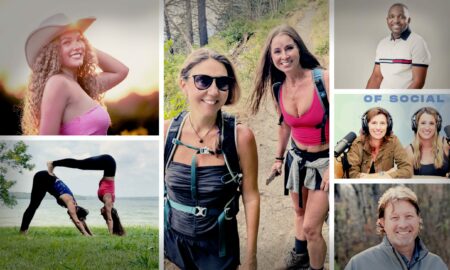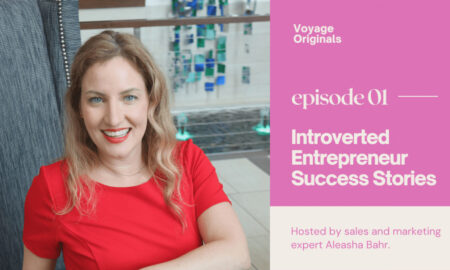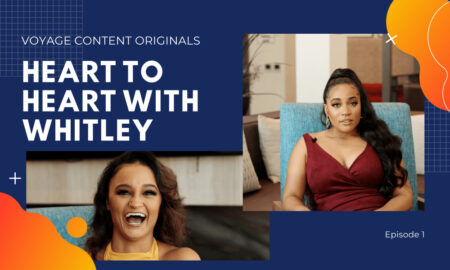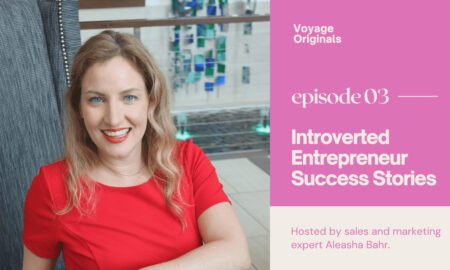

Grant Emerson shared their story and experiences with us recently and you can find our conversation below.
Grant, it’s always a pleasure to learn from you and your journey. Let’s start with a bit of a warmup: What do the first 90 minutes of your day look like?
I usually begin around 6:00 AM by taking my anxiety medication and practicing a brief somatic reflex routine. From there, I move into a few daily check-in rituals: reviewing my plan for the day, checking in on our family’s accounts, making coffee for my wife and me, and preparing breakfast for our two sons. Around 7:00, the house starts to wake up, and I shift into family mode—making sure we’re all up, loved on, and pointed in the right direction. Somewhere in that window, I also make sure I hear or say something kind—“You are enough” has become a kind of grounding phrase for me. By 7:30, I’m commuting into work on my e-bike, hopefully carrying that intentional mindset with me.
My goal is to begin the day slowly and with purpose. This routine is more than a checklist—it’s a ritual that reminds me who I am and what my life is about.
Can you briefly introduce yourself and share what makes you or your brand unique?
Hi, I’m Grant Emerson—a former touring musician turned digital developer. I spent 15 years on the road before shifting into web development, and I carry that same creative drive and collaborative spirit into everything I build today.
By day, I work full-time as a Shopify developer at SVP Worldwide—the global company behind sewing brands like Singer® , Husqvarna® Viking®, and PFAFF®. By night (and early morning), I run Humangoodkind Designs, a small studio focused on clear, intentional web design, structured data, and SEO strategies that help good people get found.
I’m married and a father to two amazing boys, ages 3 and 9. My work lives at the intersection of storytelling and structure. I partner with local businesses, artists, nonprofits, and global brands alike—translating messy ideas into sites that feel grounded, intuitive, and human. Whether it’s helping a literary nonprofit reach new audiences or optimizing an oyster farm’s metadata, I believe in the power of thoughtful design and honest communication.
Not a tech bro. Just a human who codes, listens, and builds things that work.
Amazing, so let’s take a moment to go back in time. What was your earliest memory of feeling powerful?
Perspective 1: Music – Feeling the Power of Sound
One of my earliest memories of feeling powerful was when I picked up an electric bass for the first time. I plucked a note and it didn’t just make a sound—it moved the air around me. I could feel it in my chest, in the floor, in the way people looked up when they heard it. It wasn’t about volume; it was about presence. Suddenly, I wasn’t just listening—I was shaping the space around me. That moment lit something in me: the realization that I could express something internal and have it resonate in the external world. That kind of power stays with you.
Perspective 2: Technology – Realizing the Internet’s Potential
Another early memory of feeling powerful was the first time I signed onto AOL. I heard that dial-up tone, saw the welcome screen flicker to life, and it hit me—I could connect with people far beyond my little world. I wasn’t confined to my hometown or the limits of my physical surroundings. The internet felt like an infinite library, a backstage pass, and a social playground all at once. That moment opened my eyes to the idea that creativity and communication could scale—fast. It was one of the first times I realized how technology could amplify curiosity and create entirely new kinds of connection.
Was there ever a time you almost gave up?
There isn’t just one time I almost gave up—if I’m being real, it’s something I brush up against weekly, quarterly, even yearly. Any time I hit a roadblock on a project or things stop flowing effortlessly, that voice shows up: maybe this isn’t working, maybe I should walk away. But I don’t.
Over time, I’ve come to recognize that edge not as a red flag, but as a kind of signal flare. It tells me I’m not stagnant. That I’m still stretching, still chasing growth. In fact, when I don’t feel that resistance for a while, I start to wonder if I’m playing it too safe.
I might be behind the curve sometimes, but I’m not still. And there’s something quietly powerful about knowing where your breaking point is—and choosing to move past it anyway.
Alright, so if you are open to it, let’s explore some philosophical questions that touch on your values and worldview. What are the biggest lies your industry tells itself?
One of the biggest lies my industry tells itself right now is that AI is going to take all our jobs. Personally, I find a strange sense of security in that fear—because more often than not, I’m fixing code that AI already “wrote.”
What actually happens is that a well-meaning, non-technical teammate or client tries out a prompt engine, gets a snippet of AI-generated code, and pastes it in thinking the job’s done. But that code is usually brittle—written from a narrow perspective, unaware of edge cases, real users, or system constraints. It solves for 1 degree of the problem, while the other 359 degrees quietly fall apart.
So no, I’m not worried about AI taking my job. I’m more concerned with the industry pretending that good work can be automated without human context, clarity, or care.
Okay, we’ve made it essentially to the end. One last question before you go. How do you know when you’re out of your depth?
I know I’m out of my depth when I can’t explain something simply. If I’m unable to break down a concept in plain language—or offer a quick visualization or metaphor that makes sense to someone else—then I don’t know it as deeply as I want to. That’s a signal for me. Not a failure, but a cue to slow down, revisit the fundamentals, and keep learning.
I’ve come to respect those moments because they keep me humble and curious. They remind me that clarity isn’t just a sign of intelligence—it’s a marker of respect for the person you’re trying to communicate with.
Contact Info:
- Website: https://www.humangoodkinddesigns.com/
- Instagram: https://www.instagram.com/humangoodkinddesigns/
- Linkedin: https://www.linkedin.com/company/humangoodkind-designs/

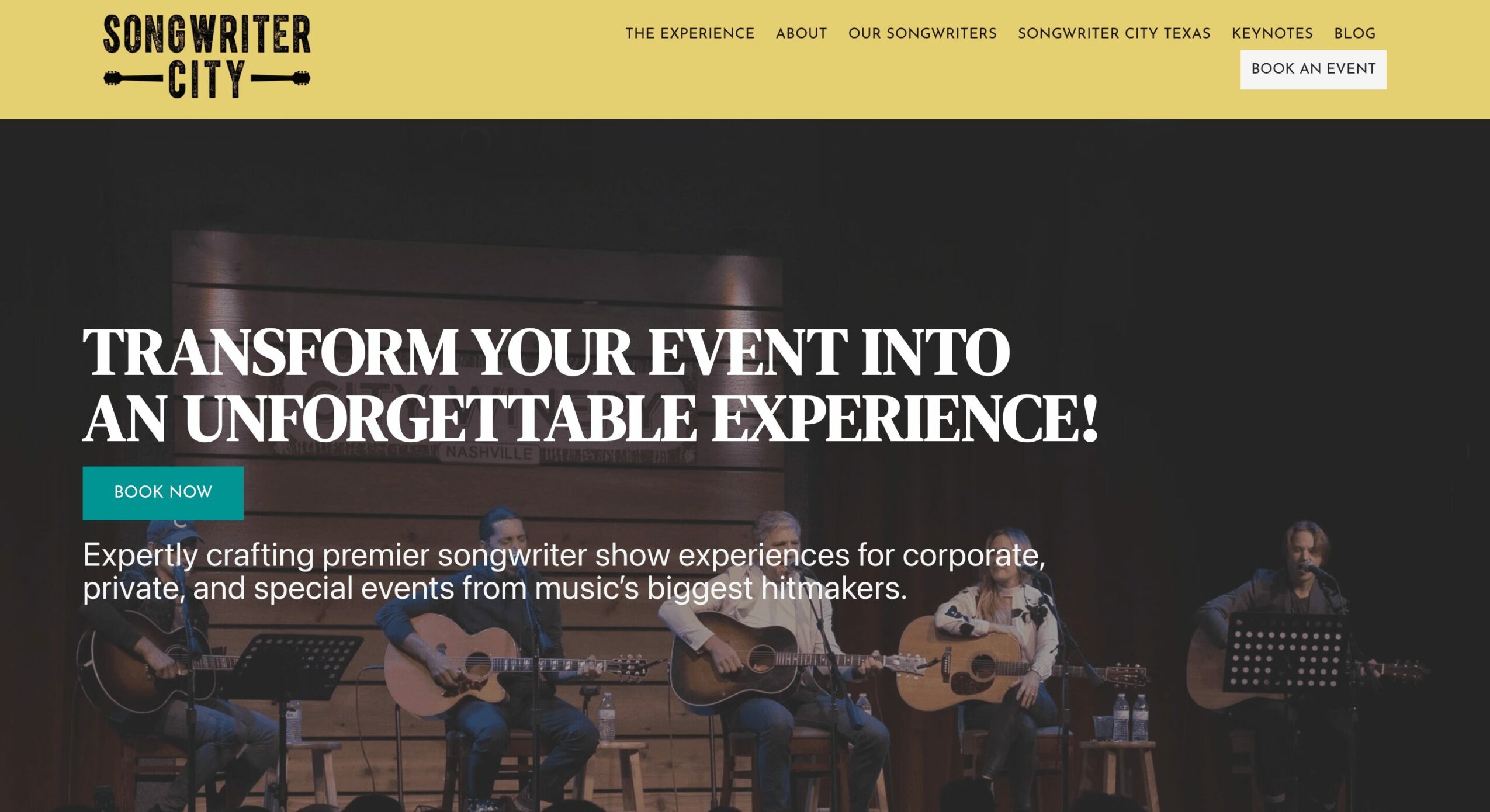
Image Credits
https://www.tertiarysight.com/?gad_source=1&gad_campaignid=9269309274&gbraid=0AAAAACmXGt_ghVl3vS-PPfRlej5plZg8U&gclid=CjwKCAjwkbzEBhAVEiwA4V-yqjCU776ZuHr3eXi9KMQgI4lZS-_IABVWUfd0IKx47xQaL2Q-nGQ_QRoCAEwQAvD_BwE
Aura photo by Tertiary Sight
All other photos by me

